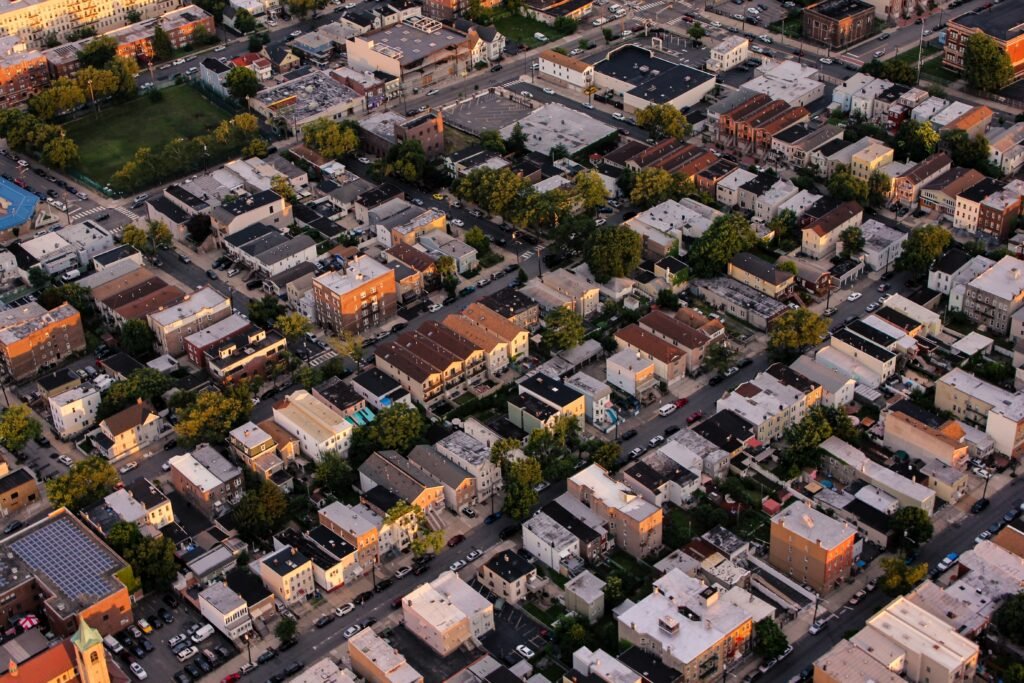The first release of the Australian Bureau of Statistics Census 2021 is coming! Set to be available on June 28, it will feature key population data critical to understanding what is going on with the Australian population.
Australian cities and towns have undergone unprecedented change since the 2016 Census. The way we live, work and play, combined with technological advances has forced us to reframe the way we see these demographic forces and their interplay with the urban environment. Hopefully, the first release will provide some clarity into a lot of the anecdotes Australians have been hearing and talking about the past couple of years.
From highlighting the various demographic changes that have occurred since the 2016 Census to identifying salient trends within the Australian demography, this release is vital in allowing Demographic Solutions to help our clients make better decisions. Be it a business looking to expand their network, or a local government planning for new service provisions within the community, we help turn the seemingly obscure census datasets into value-adding insights and advice for our clients.
The table below lists the first release and topics we believe are worth watching out for. This will be available at most geographical levels.
| Topic | What we’re hanging out to know |
| Sex | |
| Age | Where are we ageing? And where are the young people living? |
| Registered marital status | What effect has the pandemic had on divorce rates? |
| Aboriginal and/or Torres Strait Islander origin | Which State has the largest increase in indigenous population? |
| Usual residence at Census time | |
| Australian citizenship | Where have been the largest increases in citizenship occurred since 2016? |
| Country of birth | Which country of birth will have the greatest increase since 2016? |
| Year of arrival in Australia | How many people arrived in the year before the Census during the Pandemic? |
| Country of birth of parents | |
| Main language other than English spoken at home | Where do people speak a language other than English? And what are these languages? |
| Proficiency in spoken English | |
| Ancestry | |
| Religious affiliation | How much will ‘no religion’ increase by? |
| Need for assistance | Which areas have the highest concentration of those in need of assistance? |
| Attendance at an educational institution | The impact of the pandemic on tertiary attending students especially in the inner city |
| Highest year of schooling completed | |
| Number of children given birth to | How many women have given birth to more than 3 children.? Really interesting data when compared to 20 years ago. |
| Income | Emerging areas for ‘haves’ and ‘have-nots’? |
| Unpaid care, help or assistance of another person due to disability, long term illness or old age | |
| Unpaid work – domestic activities | Are men finally pulling their weight? |
| Unpaid care of children | No really, are men finally pulling their weight? |
| Unpaid work – voluntary work for an organisation or group | What are the demographic attributes of volunteers? |
| Address on Census night | |
| Family relationship (and Social marital status) | Growth in de facto relationships |
| Number of motor vehicles garaged | More cars everywhere. Probably |
| Number of bedrooms | Will the relentless push towards greater shares of housing having 4 bedroom continue? |
| Tenure type | Can we expect any improvement with home ownership? |
| Landlord type | |
| Housing costs | Are there any places where housing affordability has improved? |
| Dwelling structure | Share of medium and higher density dwellings still on the rise? |
| Location of private dwelling | |
| Type of non-private dwelling | Are there more people living in institutional accommodation? |
| Residential status in non-private dwelling | |
| Long-term health conditions (New Topic) | Is there a parallel with income and other measures of socio-economic disadvantage? |
| Australian Defence Force Service (New Topic) | Which areas have greater shares of service personnel? |
Looking ahead
The second release is anticipated in October 2022, featuring additional location variables (such as internal migration) and employment data (employment status, journey to work, travel to work).
The third release is expected sometime early to mid-2023 and will feature the SEIFA indexes (Socio-Economic for Areas), Census micro-data and estimates of homelessness.
| Second release – Oct 2022 | Third release – Early to mid-2023 |
| Internal migration (address of usual residence 1 year ago and 5 years ago) | Socio-economic indexes for areas (SEIFA) |
| Non-school qualification | Distance to work |
| Status in employment | Census Microdata |
| Occupation | Estimates of homelessness |
| Public or private employer indicator | |
| Workplace address (Journey to work) | |
| Industry of employment | |
| Hours worked | |
| Method of travel to work |
Stay tuned to this space as we contemplate on what to expect from some of the first release data, why we think these are important and more.
